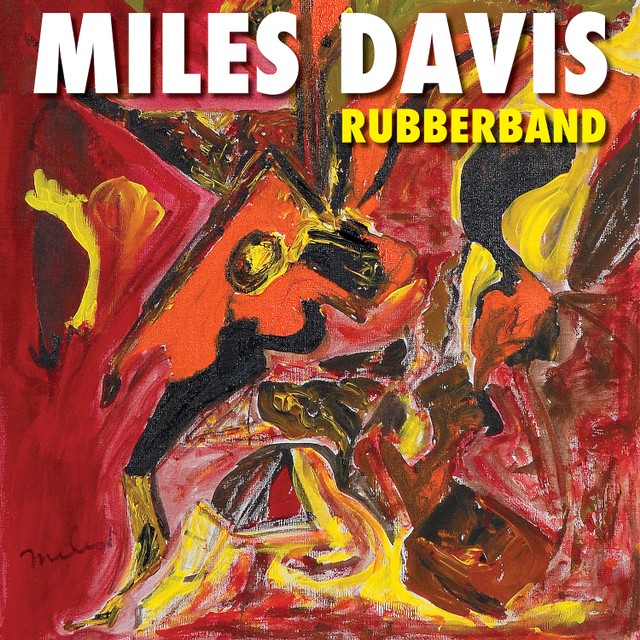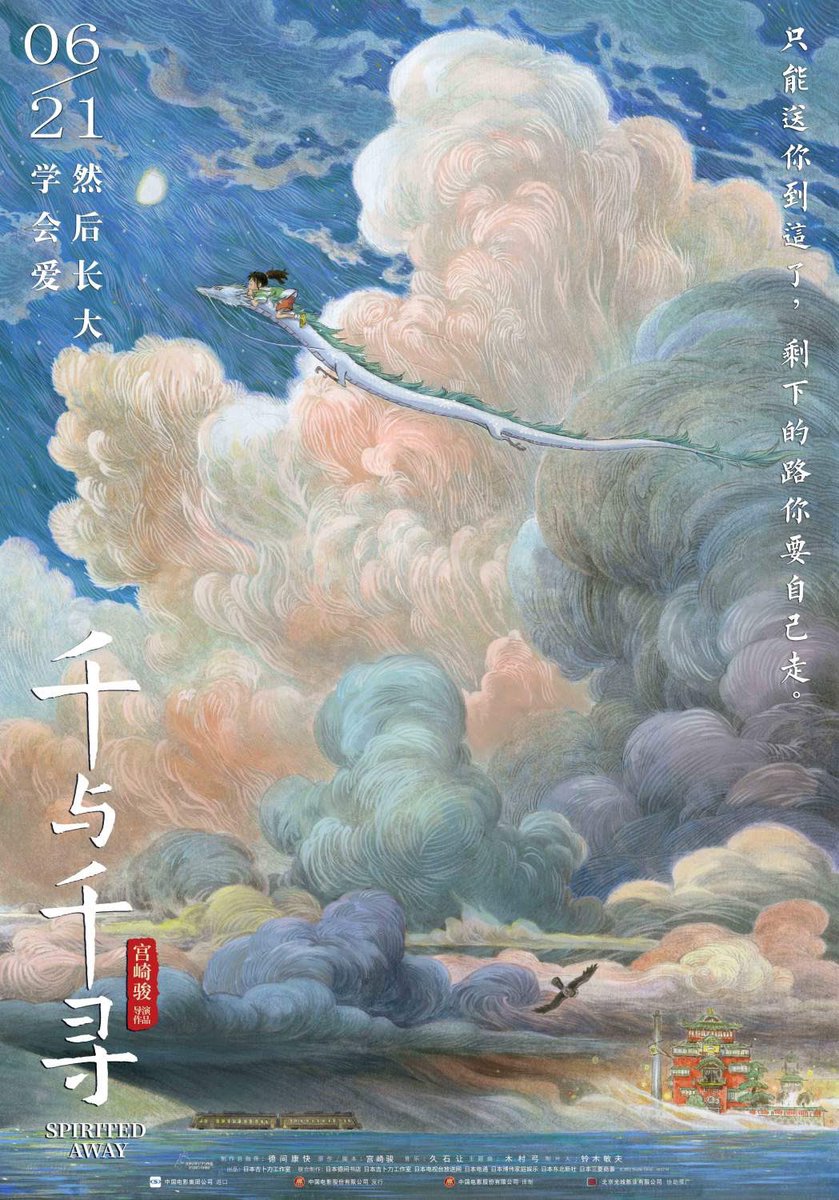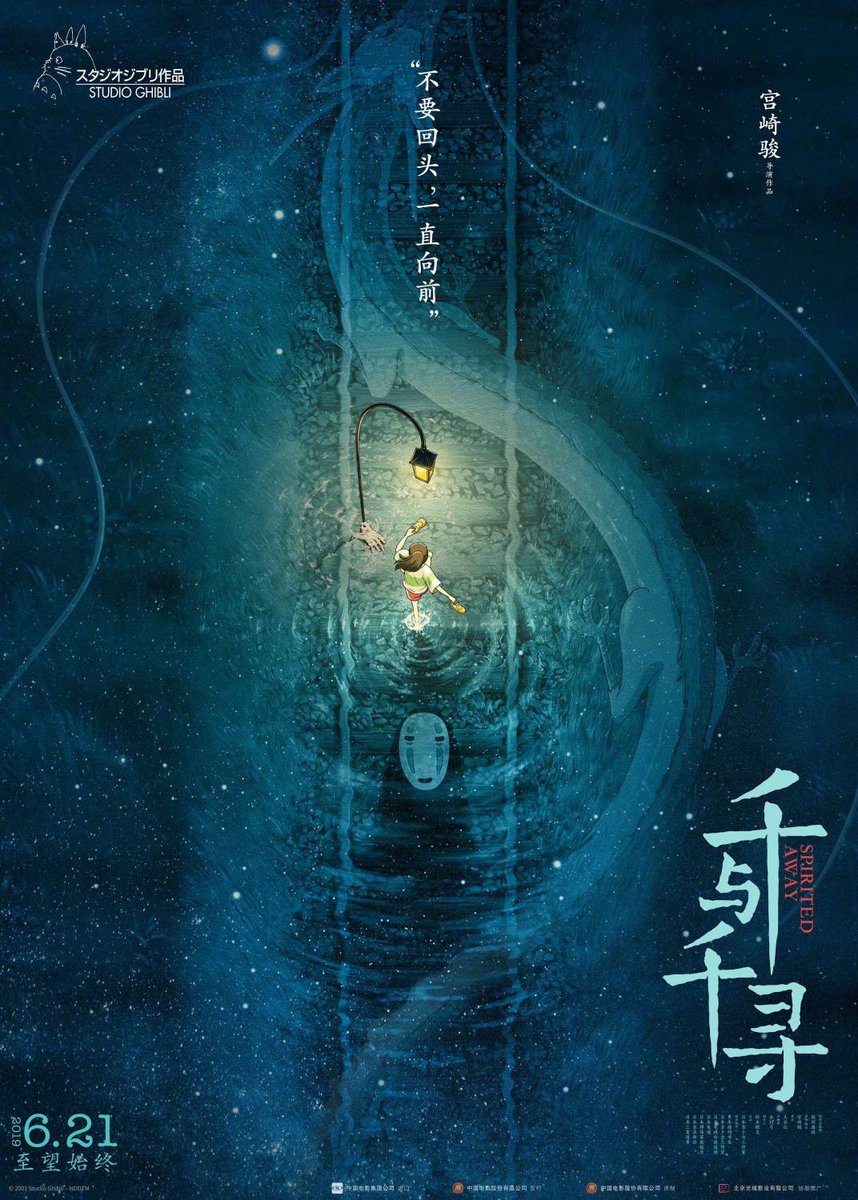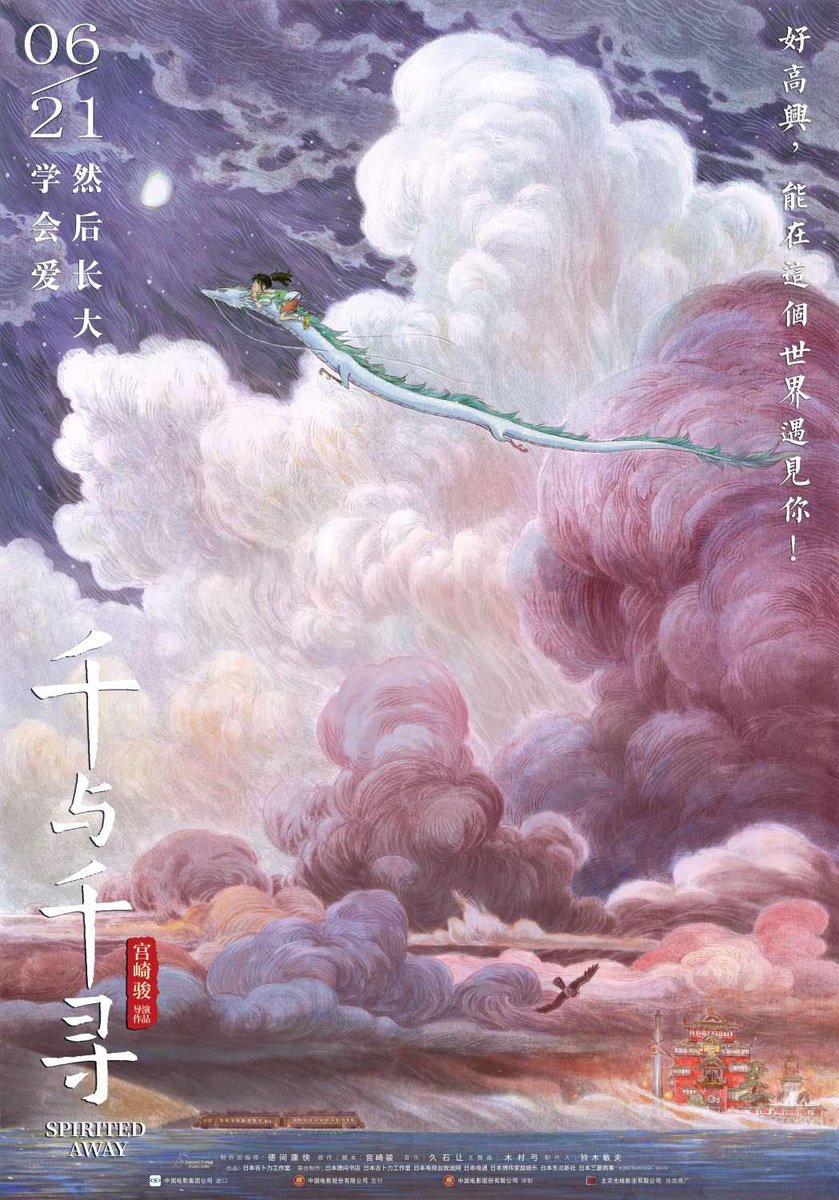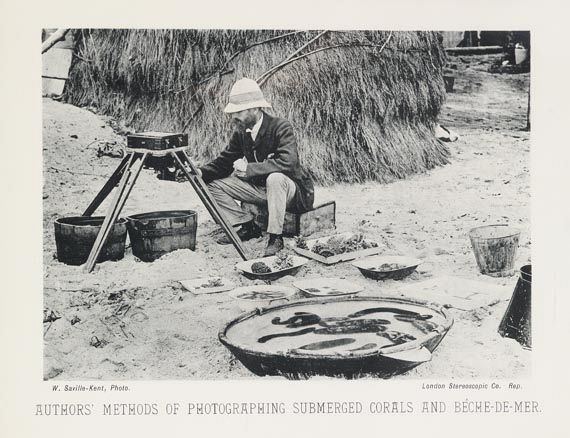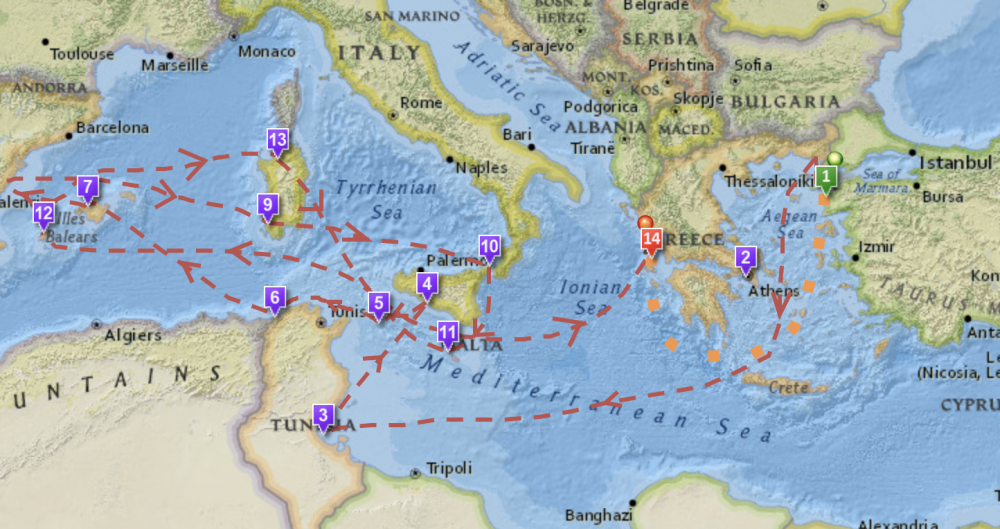Two academic stars and heroes of anti-authoritarian leftist political thought sit down to debate human nature—nowadays such events occur more rarely than they did in the 60s and 70s, when the counterculture and anti-war movements made both Michel Foucault and Noam Chomsky famous. Now, when two thinkers of such caliber sit down together, their conversation is immediately distilled into tweeted commentary, sometimes illustrated with gifs and video clips. We get the gist and move on to the next link.
In 1971, when Foucault and Chomsky joined host Fons Elders on Dutch TV, those viewers who tuned in would have to follow the conversation for themselves—for the most part—though it aired in a partly abridged version with commentary from a Professor L.W. Nauta. “Chomsky is at the height of his linguistic-scientific mode,” notes New Inquiry, where “Foucault performs a genealogy of scientific truth itself.”
After an introduction in Dutch by Dr. Nauta, Elders welcomes his guests onstage in English as “tonight’s debaters,” two “mountain diggers, working at the opposite sides of the same mountains, with different tools, without knowing even if they are working in each other’s direction.” It’s a characterization that amuses both Chomsky and Foucault, who aren’t discovering each other’s differences so much as enacting them for the studio audience of “early-70s Dutch intelligentsia.”
The two do find some common ground, in Foucault’s critique of the dominant history of science, for example. Where they differ, they seem to be speaking different languages, and they are also literally speaking different languages. Chomsky begins in English, Foucault responds in English with apologies for his lack of fluency, then switches to French. Those of us who aren’t fluent in both languages will have to rely on the translation, as many of us do when reading Foucault as well, a situation that should give us pause before we draw conclusions about what we think he’s saying.
Still, those inclined to reject Foucault as a rejector of science should pay closer attention to him, even in translation (into English, Portuguese, and Japanese subtitles in the video above). He does not reject the notion of scientific fact, but rather, as Wittgenstein had decades earlier, points out that much of what we take as conceptual reality is no more than vague, meaningless abstraction, “peripheral” words and phrases that do “not all have the same degree of elaboration” as more precise scientific terms.
Fuzzy ideas, for example, like “human nature… do not play an ‘organizing’ role within science.” Neither “instruments of analysis” nor “descriptive either,” they “simply serve to point out some problems, or rather to point out certain fields in need of study.” They are signposts for the unknown, a “scientific shopping list,” as Professor Nauta puts it when he breaks in to helpfully explain to viewers at home what he thinks Foucault means. Nauta’s interventions are drier than the main action—apparently no one thought in 1971 to sensationalize the event.
Well, almost no one thought to sensationalize the event. Anarchist host Elders “wanted to jazz things up a bit,” writes Eugene Wolters at Critical Theory. “Aside from offering Foucault hashish for part of his payment, Elder tried repeatedly to get Foucault to wear a bright red wig.” According to the James Miller in The Passion of Michel Foucault, Elders “kept poking Foucault under the table, pointing to the red wig on his lap, and whispering, ‘put it on, put it on.”
Chomsky found the exchange less than amusing, later calling Foucault “totally amoral” and saying that he “wildly exaggerates.” These minor spectacles aside, the Chomsky-Foucault debate is less epic showdown and more two mostly parallel, only occasionally intersecting, discourses on “a wide range of topics, from science, history, and behaviorism to creativity, freedom, and the struggle for justice in the realm of politics.” If some of that discussion seems overly obscure at times, just imagine Foucault in a bright red wig, and later enjoying what he and his friends called “Chomsky hash.”
The text of their debate has been published. Read The Chomsky-Foucault Debate: On Human Nature.
Related Content:
Michel Foucault Offers a Clear, Compelling Introduction to His Philosophical Project (1966)
Noam Chomsky Makes His First Power Point Presentation
Josh Jones is a writer and musician based in Durham, NC. Follow him at @jdmagness
